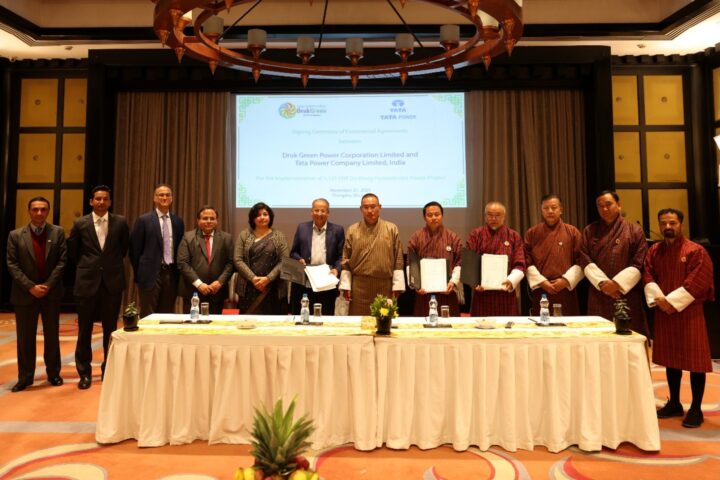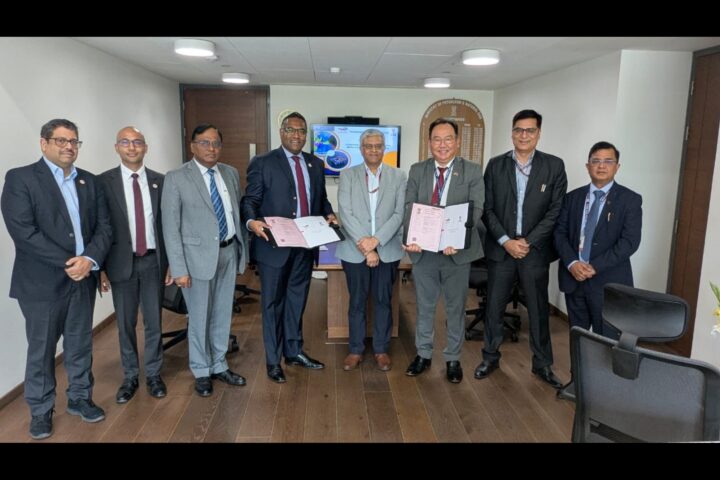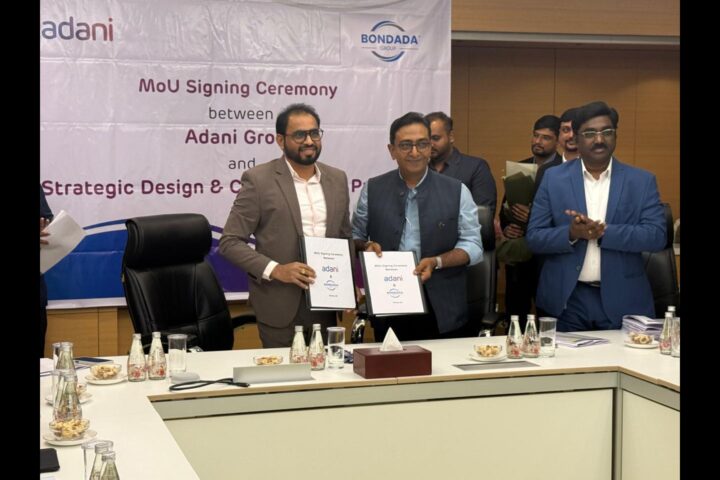by Harshvardhan Tibrewala, Director, Roha Realty
Affordable housing is essential for a thriving society, meeting the basic need for shelter and enabling individuals and families to enhance their quality of life. In India, rapid urbanization and population growth pose significant challenges, making the economics of affordable housing a crucial topic. Balancing costs and quality are a vital consideration for developers and potential homeowners alike.
Achieving the right balance between the budget and functionality aspect ensures that affordable homes are not only within reach but also meet safety, quality, and aesthetic standards. This requires careful consideration of construction techniques, materials, and design without compromising overall quality.
Costs in affordable housing
Affordable housing in the Indian real estate faces several cost considerations that impact its feasibility and sustainability. Land and construction expenses are major factors, with the availability of affordable land being a challenge, especially in urban areas. Developers often need to acquire land at reasonable prices or seek government support. Construction costs, including materials, labour, and regulatory compliance, have been rising due to inflation and increased raw material prices.
Financing and capital investments play a crucial role in housing affordability. Access to affordable financing options is essential for developers to offer competitive prices. Government initiatives like the Pradhan Mantri Awas Yojana (PMAY) and the Credit Linked Subsidy Scheme (CLSS) provide subsidies and interest rate benefits, making it easier for homebuyers to secure affordable housing loans. However, more efforts are needed to expand financing options and further reduce interest rates.
Maintenance and operational costs are often overlooked but are vital for long-term sustainability. Proper maintenance ensures housing units remain habitable and functional. These costs include regular repairs, utilities, and upkeep of common areas.
Balancing costs and quality
Cost-effective solutions play a crucial role in striking the right balance between costs and quality. By implementing efficient construction practices such as modular construction or pre-fabrication techniques, it becomes possible to reduce labour and construction costs while maintaining high standards of quality. Embracing sustainable practices, including the integration of energy-efficient systems and materials, can also lead to long-term cost savings for both developers and homeowners.
To reduce costs without compromising quality, careful planning and collaboration among stakeholders are essential. Streamlining approval processes, taking advantage of economies of scale through bulk material procurement, and exploring partnerships with financial institutions for affordable financing options are effective strategies for minimizing costs.
Economic impacts of affordable housing
From an economic standpoint, affordable housing projects generate significant contributions to the overall economy. They stimulate employment opportunities through construction activities, creating jobs in the real estate sector. The increased demand for affordable housing also leads to a boost in related industries, such as manufacturing of building materials and home furnishings. Affordable housing developments contribute to the tax base, generating revenue for local governments that can be reinvested in community development and public services.
The Pradhan Mantri Awas Yojana (PMAY) and other government initiatives have propelled the construction of affordable housing units, resulting in substantial economic activity and job creation. These initiatives have not only addressed the housing needs of low-income groups but also stimulated economic growth in the real estate sector.
Policy and government initiatives
The government is actively involved in promoting affordable housing through initiatives like the Pradhan Mantri Awas Yojana (PMAY). With a target to achieve “Housing for All” by 2022, PMAY provides subsidies, interest rate benefits, and incentives to facilitate affordable housing for different income groups. The government has also implemented policies to address challenges related to land availability, construction approvals, and the development of affordable housing projects. Apart from PMAY, various state governments have launched their own affordable housing programs. For example, Maharashtra Housing and Area Development Authority (MHADA) offers affordable housing options through lotteries and redevelopment projects.
However, policy implementation faces hurdles such as limited availability of affordable land, high construction costs, and limited access to financing. To overcome these challenges, the government must collaborate with developers, financial institutions, and other stakeholders. Exploring innovative financing models, incentivizing private sector participation, and promoting public-private partnerships can help bridge the funding gap and facilitate affordable housing projects.
Affordable housing plays a vital role in ensuring that individuals and families have access to safe, decent, and affordable homes. It is not only a matter of fulfilling a basic human need but also a catalyst for social and economic development. Balancing costs and quality is of utmost importance in the provision of affordable housing. While it is essential to keep housing affordable, it is equally important to ensure that the quality of housing is not compromised. Striking the right balance is crucial to create sustainable and liveable communities.


















